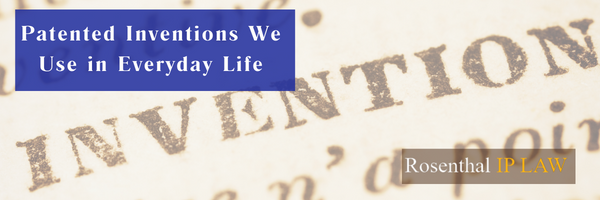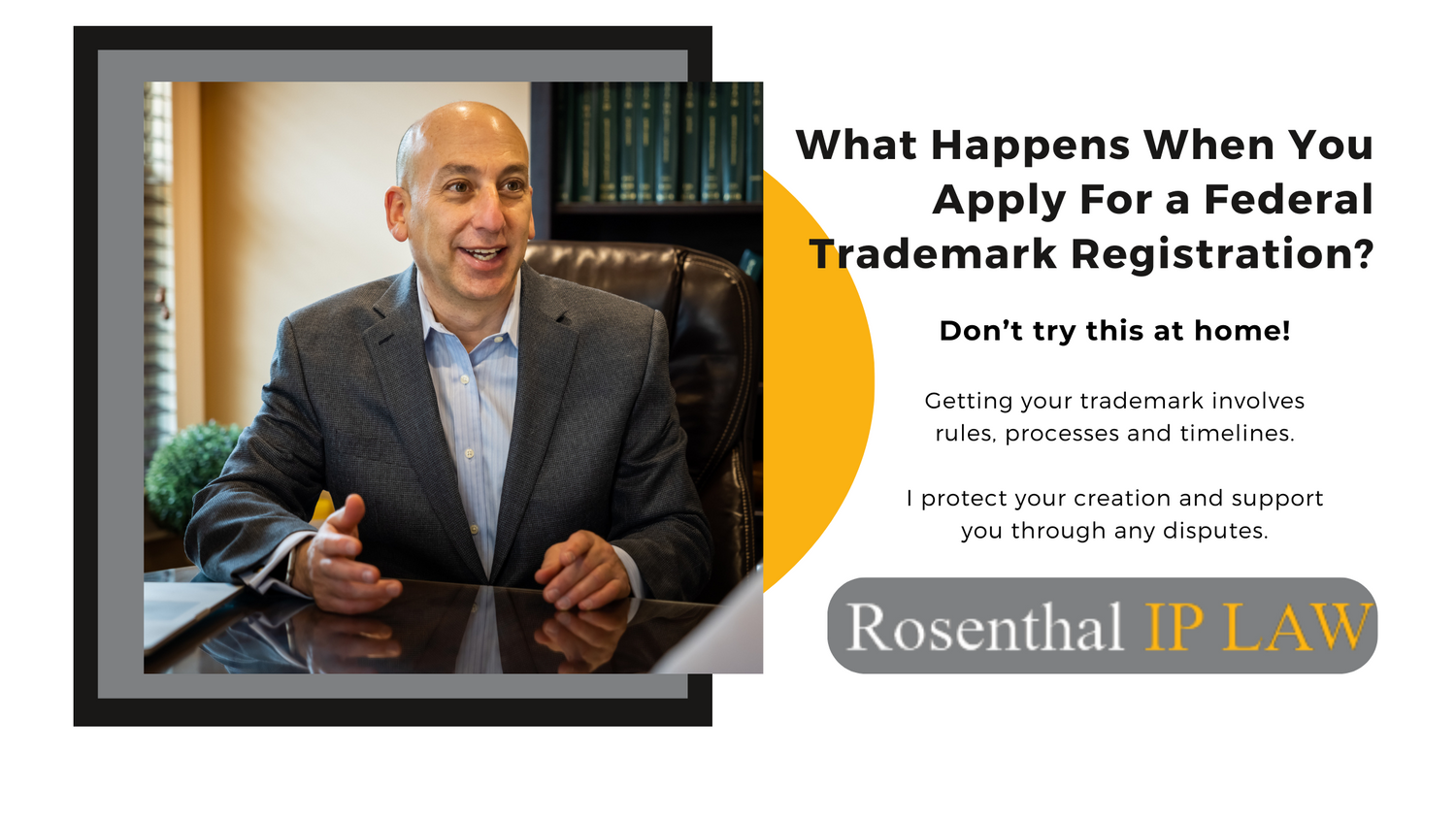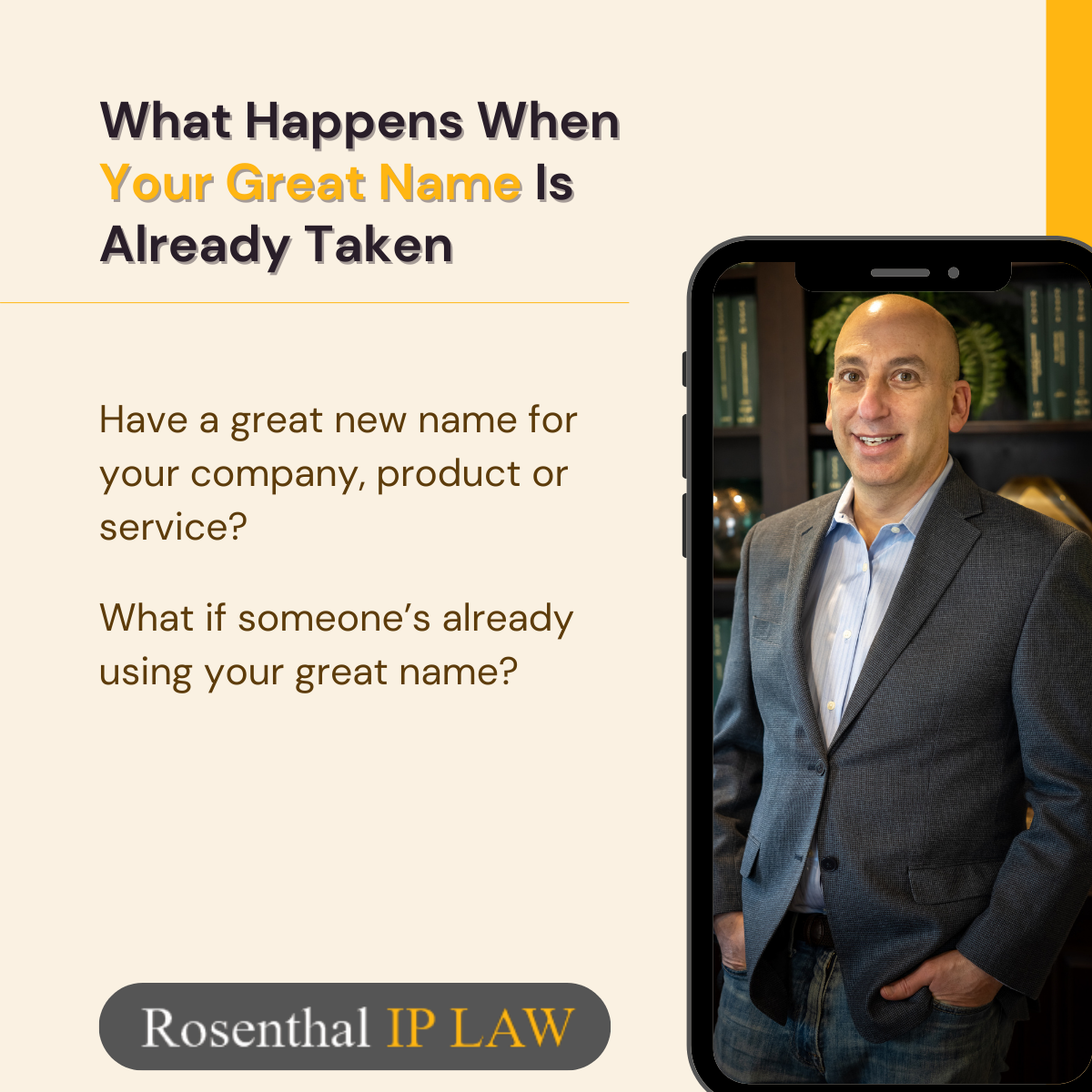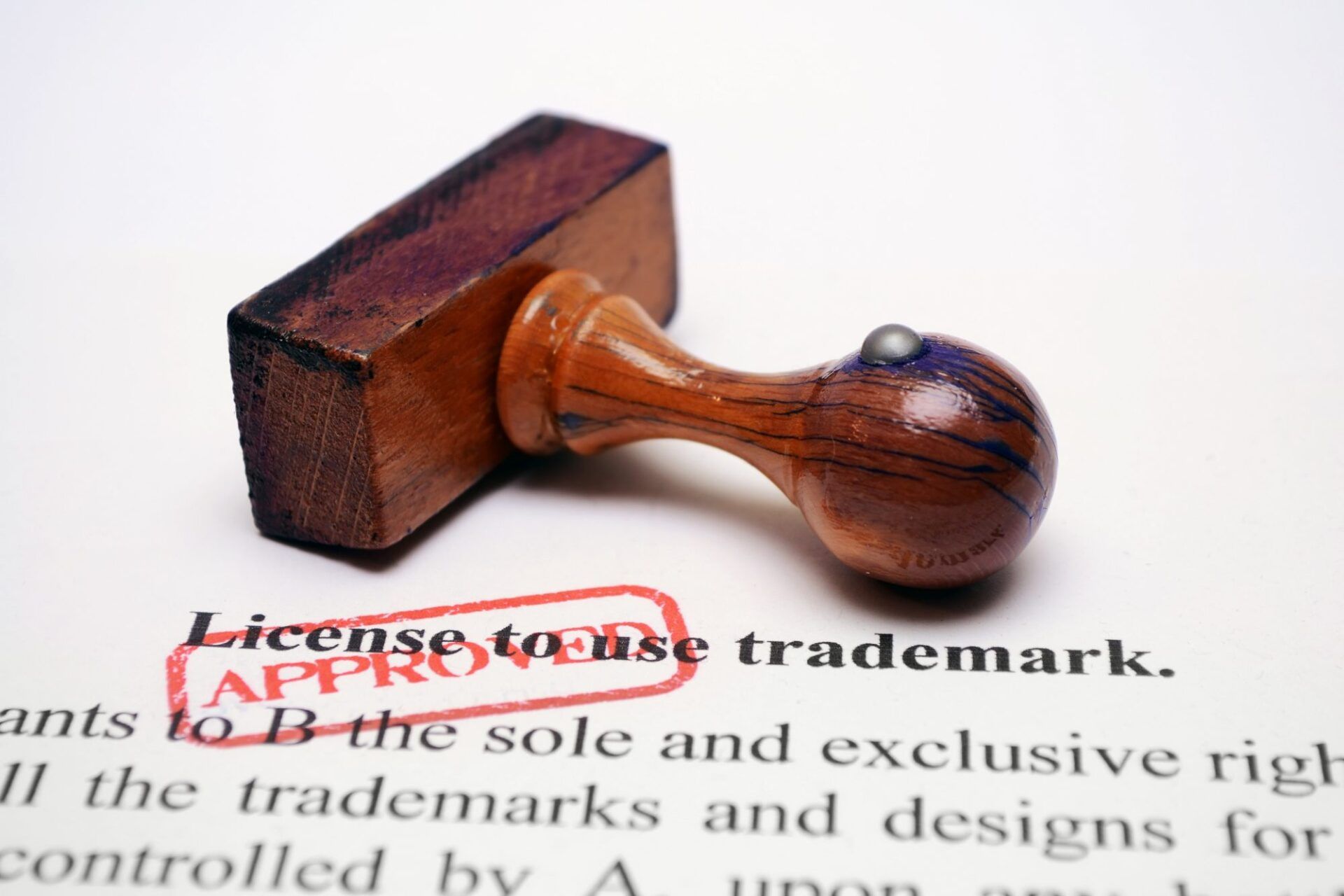By Larry Rosenthal
•
March 24, 2024
Although the right for women to vote in the US didn’t arrive until 1920, women were given the right to apply for a patent at the same time as men in 1790, when the Patent Act passed, allowing anyone to petition for protection of their original inventions and designs. This paved the way for Mary Dixon Kies to become the first woman, in 1809, to successfully file a patent that belonged to her. It was for a process of interweaving silk or thread into straw to make fashion-forward straw bonnets. Today we’re giving a very grateful shout out to the following 7 women whose ingenuity gave us everyday items of convenience we can’t live without. The Call Button. Miriam Benjamin , a schoolteacher, invented the “gong-and-signal chair” in 1888, which made it possible to call for assistance while seated, anywhere attendants were needed. From noisy train stations and hospitals to hotels, theaters, and offices, this handy tool allowed users to receive services wherever desired. The next time you’re on a flight and want to hail the flight attendant, thank Miriam as you press that call button above your head . Central Heating. Alice H. Parker filed a patent for her heating system in 1919, which involved drawing cool air into a gas furnace, then passing it through a heat exchanger, which then transported the heated air throughout the house via ducts. Now using natural gas instead of wood, her invention changed the game for domestic heating. Wi-Fi, Bluetooth, GPS. Hedy Lamarr , the actress who starred in Samson and Delilah, Ecstasy, and Ziegfeld Girl in the 1930s and 40s, was involved in developing a device that would prevent enemy ships from blocking torpedo signals during the Second World War. The invention allowed radio guidance transmitters and the torpedo's receiver to jump between frequencies simultaneously, which became known as "frequency hopping." Today, this is known as spread spectrum technology, and it gave way to the development of Wi-Fi, Bluetooth, and GPS. Windshield Wipers. Mary E. Anderson made her living being a rancher and real estate developer. However, in 1903, Anderson came up with a system that could automatically wash cars, which then gave way to the windshield wiper. Car Heater. Margaret A. Wilcox made traveling far more comfortable when, in 1893, she filed a patent for a car heating system. Originally designed for public railway cars, this technology has been consistently updated over the years and led to the car heaters we appreciate today. This heating system involved running a channel of air through the engine, where it was heated, and then sending it back into the rail cars. Ice Cream Maker. Nancy Johnson invented a device in 1843, the Artificial Freezer, which was the first hand-cranked ice cream churn. It sped up the amount of time it took to make ice cream or sorbet. Prior to her ingenuity, ice cream was made using very intensive labor and it often took a person hours to make. Funny enough, at that time, one could make the frozen treat but we’d have to wait a few years to find a way to store it so that it remained frozen since refrigerators hadn’t been invented yet. Caller ID. Shirley Ann Jackson , a physicist, is responsible for making caller ID accessible to all of us. In 1976, Jackson was hired by AT&T, where she researched in a number of fields. From this research, Jackson developed caller ID technology, something we wouldn't want to live without today. Not all patent filers started out as engineers or scientists – as you can see, they came from all walks of life and had one thing in common – the strong desire to pursue their creative idea to fruition. Registering a trademark or applying for a patent is an endeavor that has become more detailed and intricate over the years. There are enough possible twists and turns in the life of your application to deserve guidance from a professional. I work with my clients from initial consultation, to understand their product and intention, and through every single step, roadblock, and detour. If the thought of registering a trademark or applying for a patent has been your dream and passion, let’s discuss how to make it happen.











